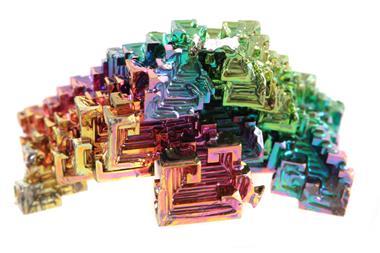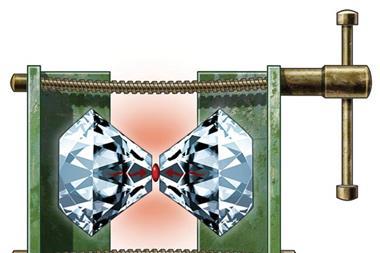New work backs up previous observations of superior hydrogen sulfide superconductor
A study last year that suggested hydrogen-based compounds subjected to extremely high pressures may make superior superconductors has been backed up by new observations.
In December 2014, Mikhail Eremets and colleagues at the Max Planck Institute for Chemistry showed that placing hydrogen sulfide (H2S) under extreme pressure in a diamond anvil cell could superconduct at 190K (-83°C) at pressures of 150GPa.
In a new study, the group has reported similar work in which they observed the same effect at an even higher temperature of -70°C. They were also able to observe the Meissner effect, another feature of superconductors where the material expels magnetic flux as it falls below its critical temperature – the point at which it becomes a superconductor. The team used a highly sensitive magnetometer to measure the magnetic field of hydrogen sulfide samples under high pressure as the temperature was slowly increased from a few degrees above absolute zero. The signal suddenly increased when temp rose past -70°C.
It is still unclear exactly why hydrogen-rich compounds behave like this at extreme pressures, but the group say more work like this could eventually lead to them being able to superconduct at room temperature.












No comments yet